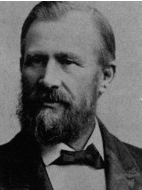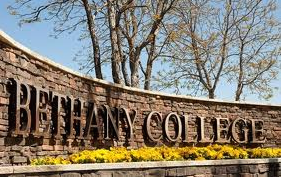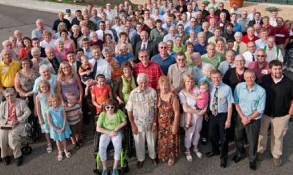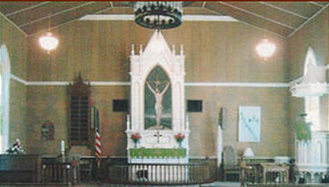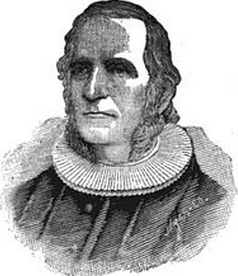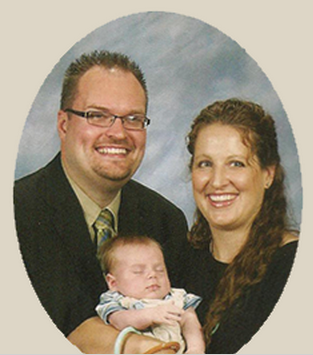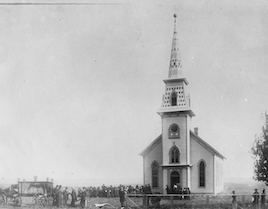
Lime Creek Church prior to 1927
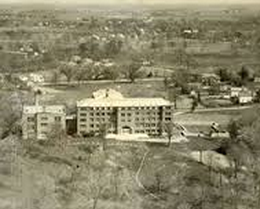
Bethany Lutheran College 1927
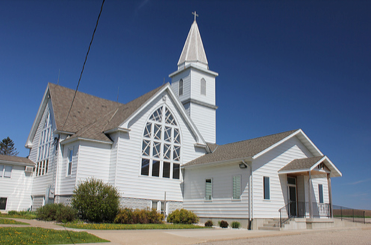
Lime Creek Church Today
Lime Creek Evangelical Lutheran Church. Lake Mills, Iowa.
Lime Creek Evangelical Lutheran Church is located just South of the Minnesota-Iowa border in Lake Mills, Iowa. Founded in 1859 and known as “The Mother Church” of the Evangelical Lutheran Synod, Lime Creek is best known as the site where a group decided to split from the Norwegian Lutheran Church of America in 1918 and become the “Little Norwegian Synod” later known as the Evangelical Lutheran Synod. Lime Creek and the ELS has always held to the Bible as authority and looks to cooperate with those who share their same beliefs.
Early in its history, Lime Creek underwent frequent splits and mergers and demonstrated a commitment to maintaining their congregation’s core beliefs. In 1859, Lime Creek Evangelical Church split from a four congregation organization and became a church body belonging to the Norwegian Synod. In 1906, Lime Creek separated from Silver Lake and Concordia to join the Lake Mills congregation, while still a part of the Norwegian Synod. In 1917, the Norwegian Synod merged with two other groups to form the Norwegian Lutheran Church of America (later named the Evangelical Lutheran Church). A group within the Norwegian Synod refused to become part of the NLCA on the grounds that salvation does not depend upon a person’s acceptance of God’s grace. In 1918, this group split into the Norwegian Synod of the American Evangelical Lutheran Church (NSAELC) at Lime Creek Evangelical Lutheran Church. The NSAELC later became the ELS but is also referred to as the “Little Norwegian” Synod. This tendency to reject a merger and divide is common among Lutheran churches according to Mark Granquist’s “Ways to be Lutheran.” This piece of American Lutheran history in the Midwest is central to Lime Creek’s identity of holding firm to the church’s doctrine. Lime Creek experienced several divisions and mergers from its foundation to the notable 1918 split, while still holding strong to its doctrine.
The church’s website affirms that several members left the Church immediately following the 1918 split but that the remaining group refocused on “peace and unity of the doctrine.” After 1918, the ELS continued to demonstrate Mark Granquist’s theory of organizational change and fluidity within Lutheranism. For example, the ELS severed ties with the Lutheran Church-Missouri Synod in 1955 but chose to continue in fellowship with Wisconsin’s synod, the WELS. The ELS cited irreconcilable doctrinal differences with the LCMS as its reason for leaving, again standing strong to the Synod’s doctrine. In 1927, the ELS purchased Bethany Ladies College and formed it into a Bethany Lutheran College, then a small co-ed junior college in Mankato, Minnesota. Just 19 years later, the college opened Bethany Lutheran Theological Seminary; first as a department in 1946 which then became its own institution in 1975. Lutheranism’s role in higher education is something that traces back to Martin Luther and is also held up as a central part of the Lutheran tradition by Lutheran Pastor and Historian Richard Solberg.
Today, Lime Creek has retained enough members to become a part of the “Five Point Parish” with the congregations of First Shell Rock, Immanuel, Lake Mills, and Somber. Lime Creek remains a part of the Evangelical Lutheran Synod who identify themselves as “orthodox, confessional Lutherans.” In other words, the ELS continues to remain rooted to its doctrine and teaches that good works are necessary for sanctification but not justification. For example, Lime Creek and the ELS are traditional in their views on sexuality being between a man and woman and on the State’s freedom to wage just war and administer capital punishment. The synod maintains focus on cooperation and education, still working with the WELS and operating Bethany Lutheran College. The college continues to fulfill Richard Solberg’s theme of Lutherans’ role in higher education: Bethany moved to become a four-year institution in 1996 and granted its first baccalaureate degrees in 2001. Nowadays, Pastor Erich Hoeft has been serving at all Five Point Parishes since 2009. A Wisconsin native, Pastor Hoeft received his Masters of Divinity from Bethany Evangelical Lutheran Seminary in 2004 and began public ministry with the ELS immediately afterwards. Lime Creek still mirrors the spirit of the congregation’s first members in that both are willing to separate and merge as long as they hold firm to doctrine.
William Harens
Charles Finley
Stefan Shover
Bibliography
http://www.blc.edu/our-mission : Bethany College History
http://fivepointparish.com/about-us/five-congregations/lime-creek : Lime Creek 5 point Parish
http://www.evangelicallutheransynod.org/our-synod/ : ELS “About Us” page
Historical Document
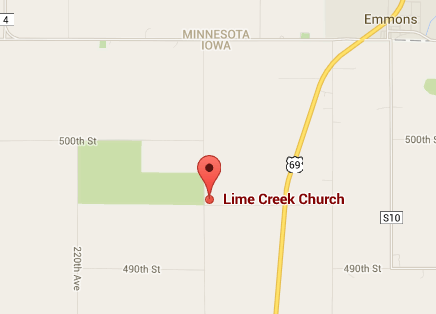
Lake Mills Church in North Central Iowa


